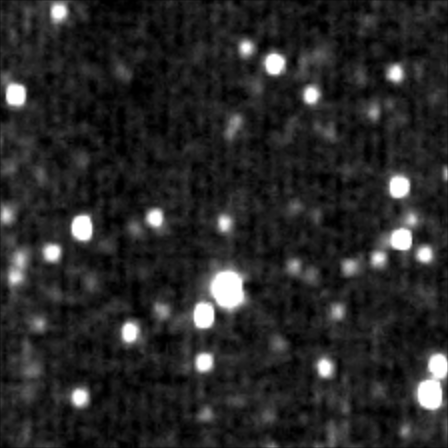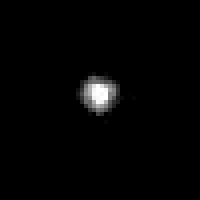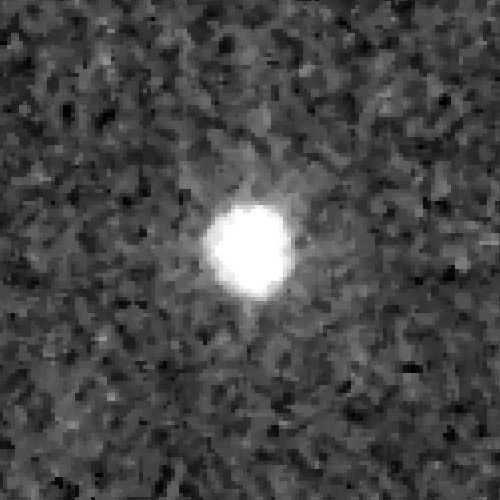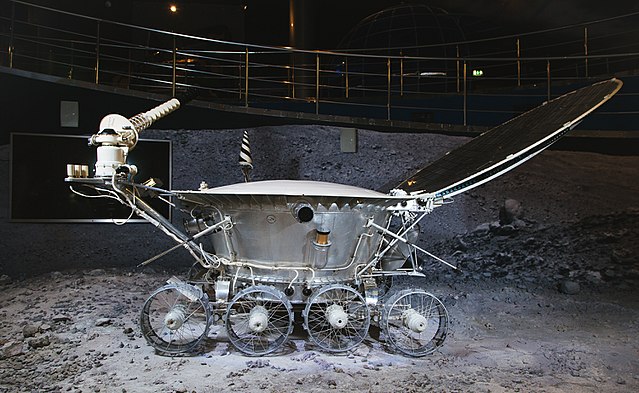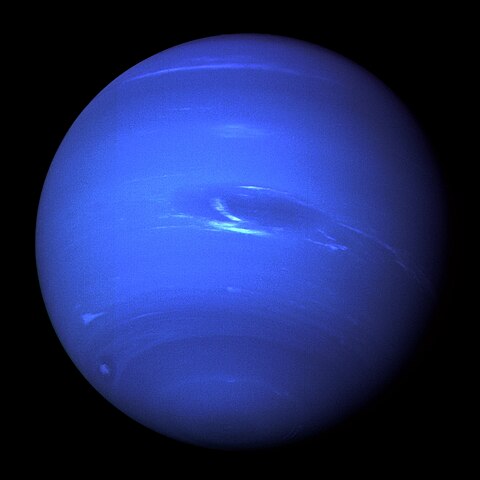1 day / second
0.5 AU
19521 Chaos
Trans-Neptunian Object
A medium-sized classical Kuiper Belt object orbiting in a stable orbit with a period of 309 years at an average distance of 45.6 AU from the Sun.
Key Facts
orbital regime | Kuiper Belt |
learn more | Wikipedia |
mass | 3.4315e+20 kg |
radius | 320 km |
hill radius | 0.016 AU |
semi-major axis | 45.796 AU |
eccentricity | 0.106 |
inclination | 12.05º |
longitude of the ascending node | 50.024º |
argument of periapsis | 58.41º |
orbital period | 309.913 years |
surface gravity | 0.023 g |
class | cubewano |
discovery date | November 19, 1998 |
discovered by | Marc Buie at Kitt Peak National Observatory as part of the Deep Ecliptic Survey |
name origins | Named after Chaos, the primordial void in Greek mythology |
absolute magnitude | 4.63 |
instance of | Trans-Neptunian object, possible dwarf planet |



